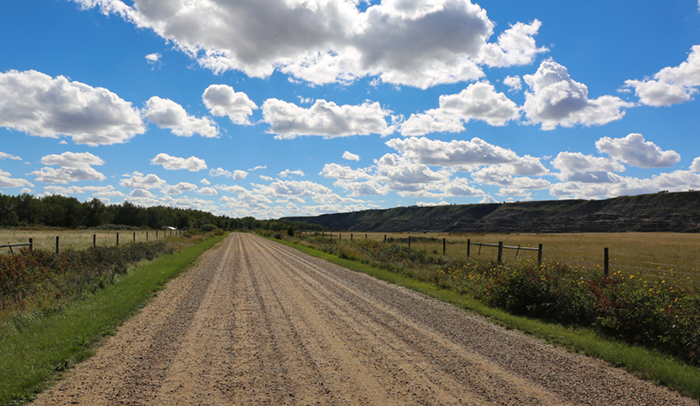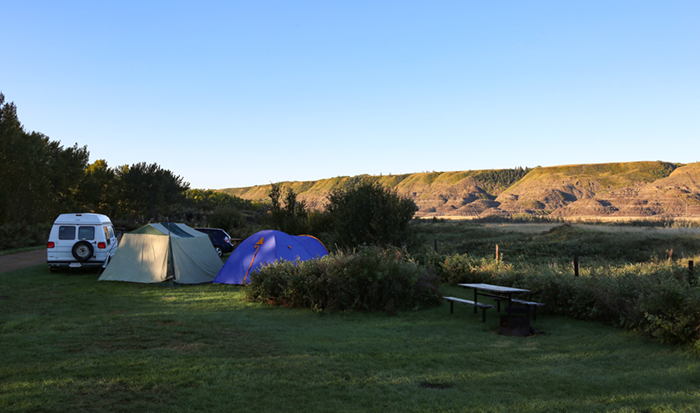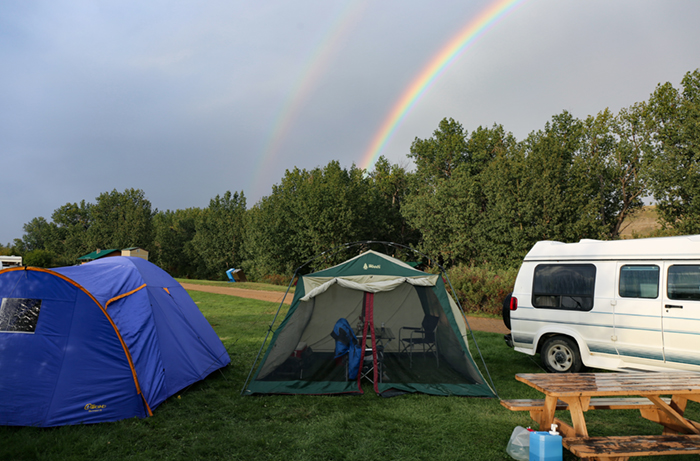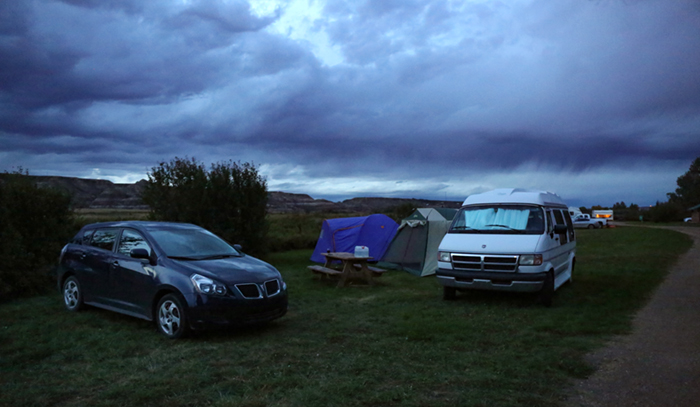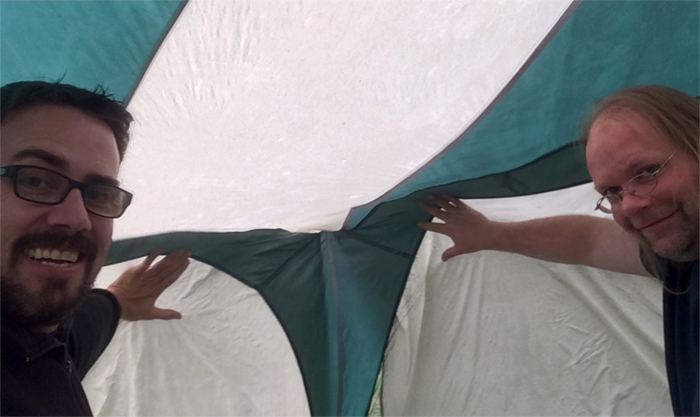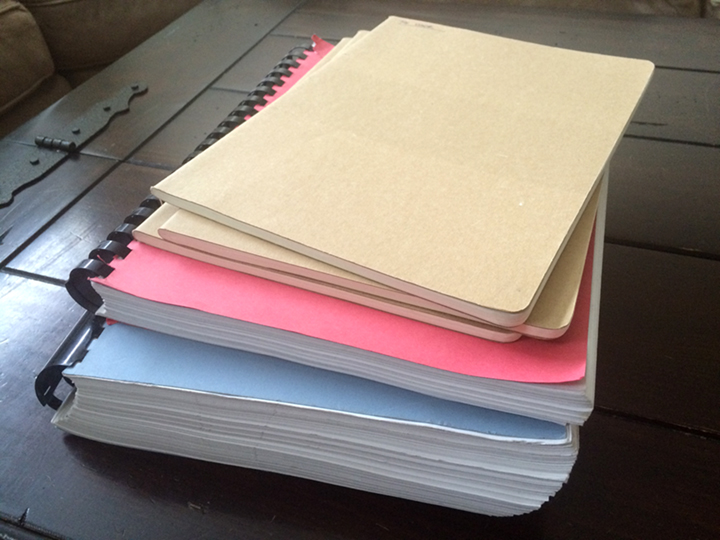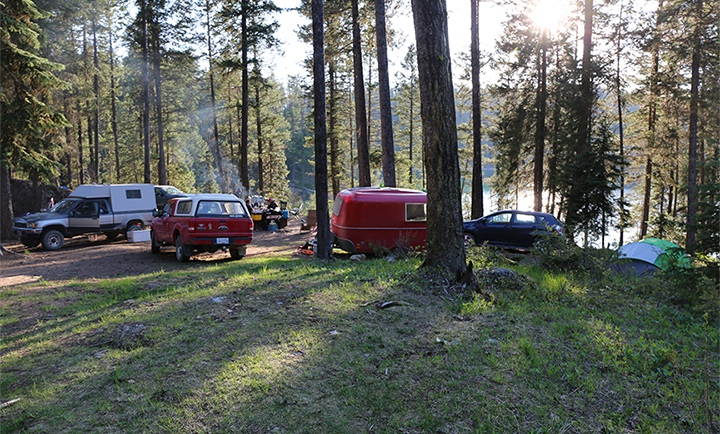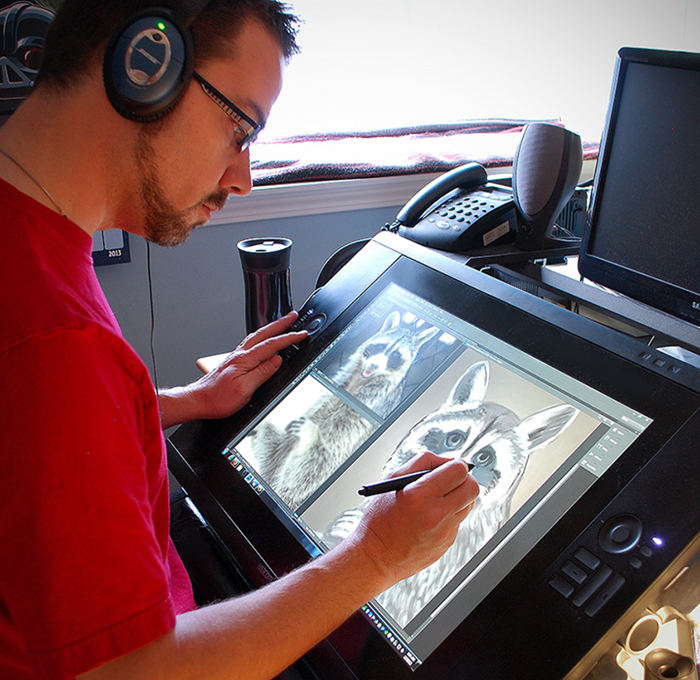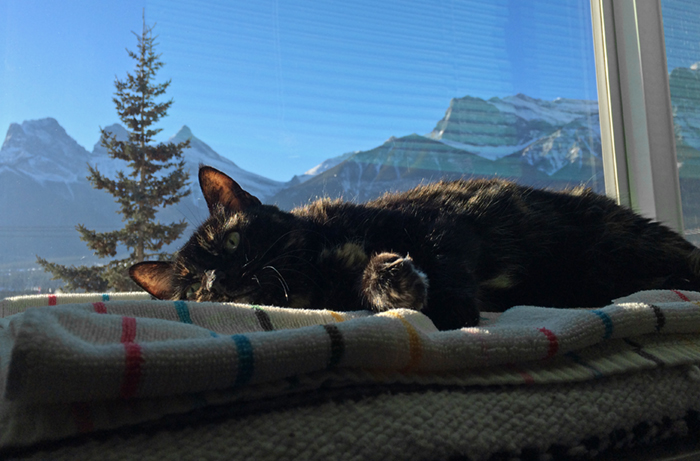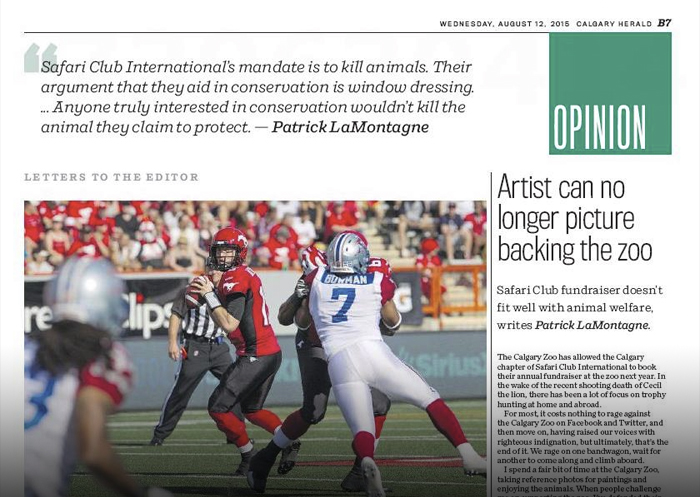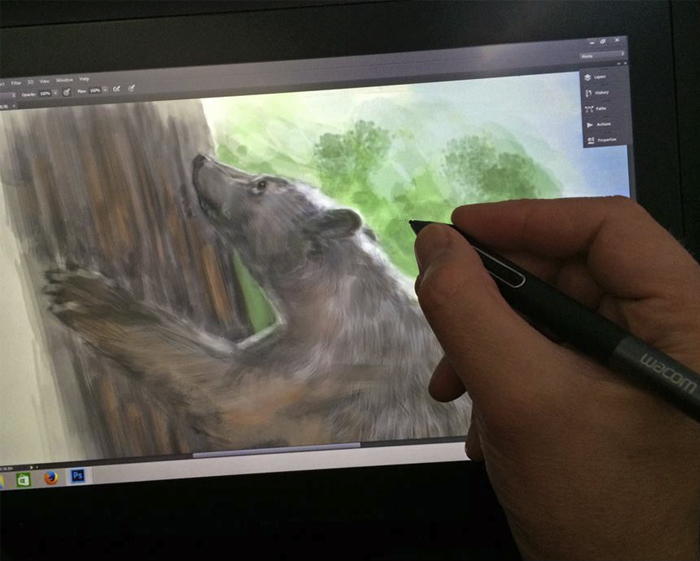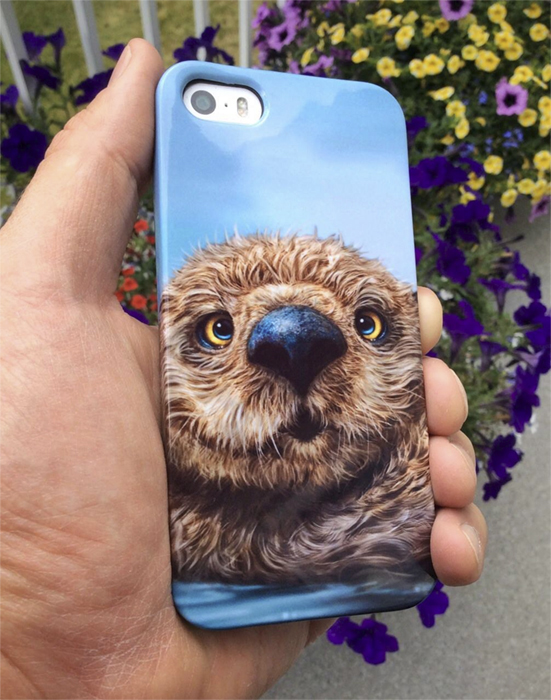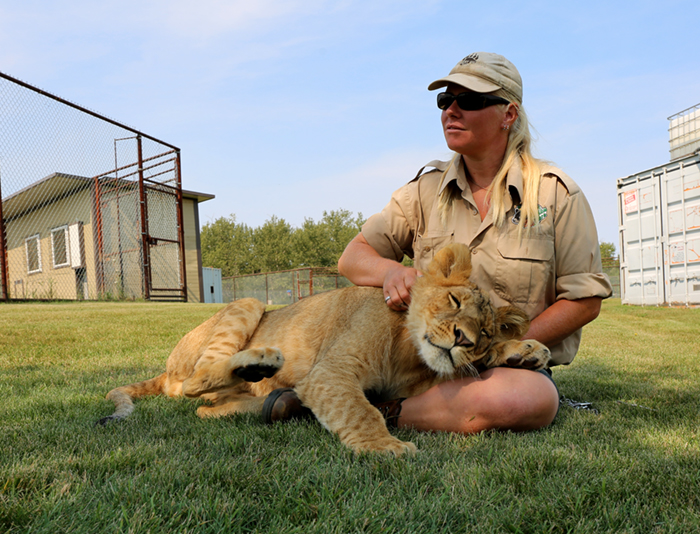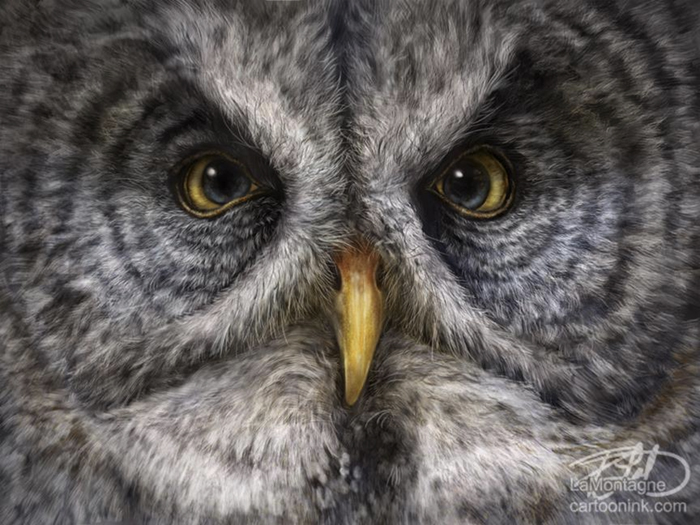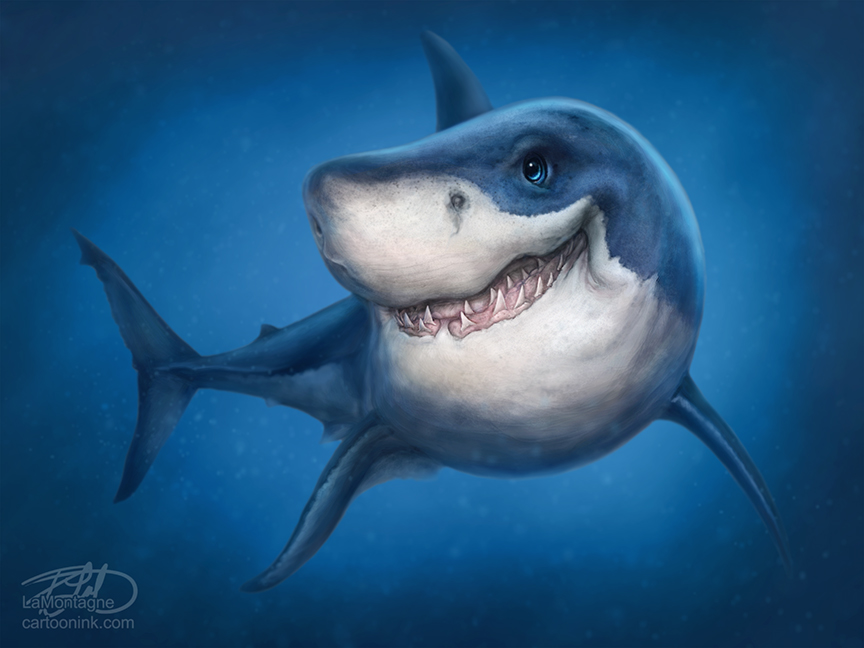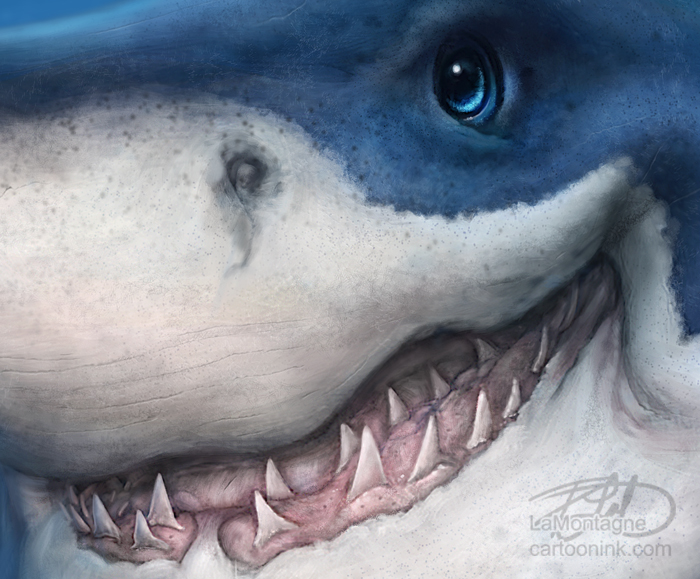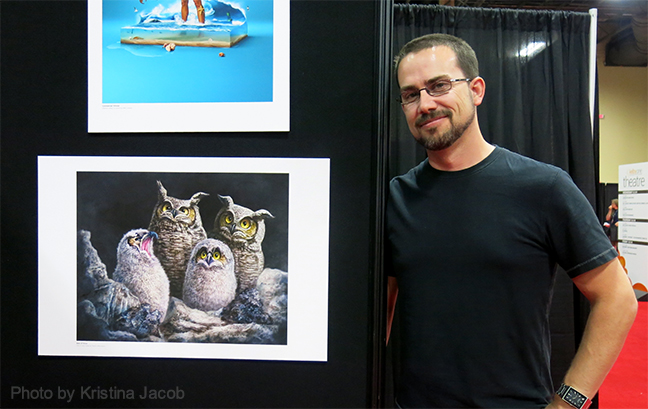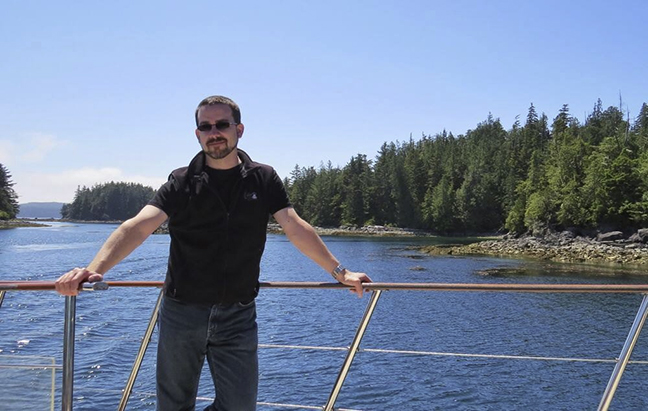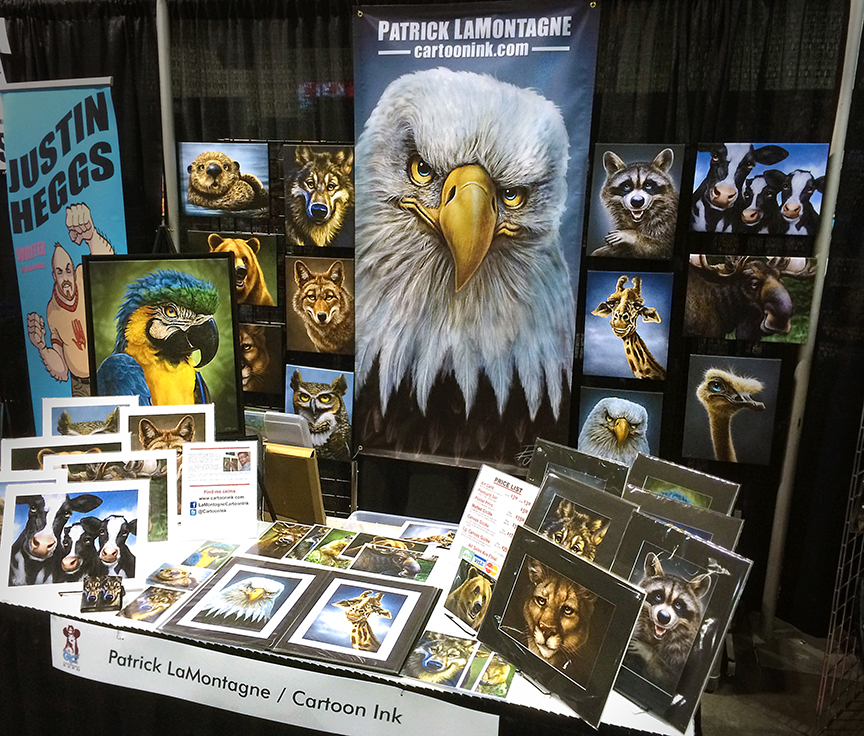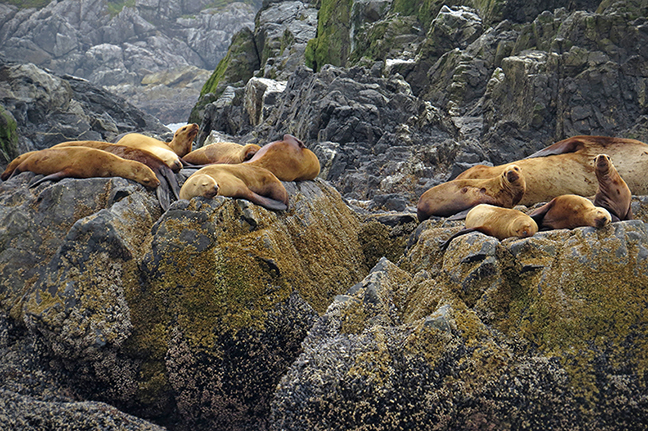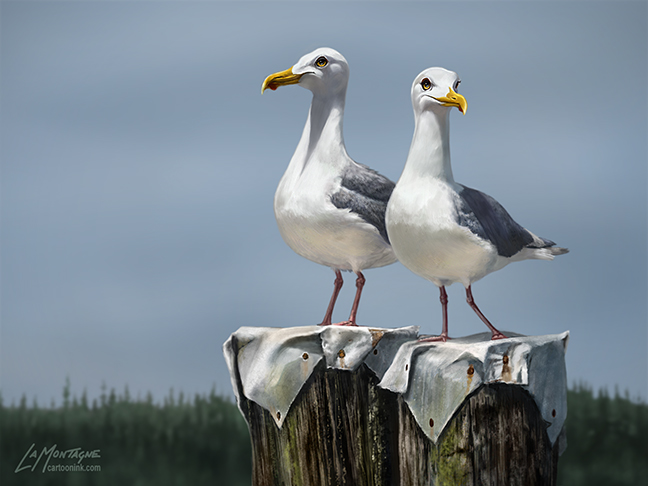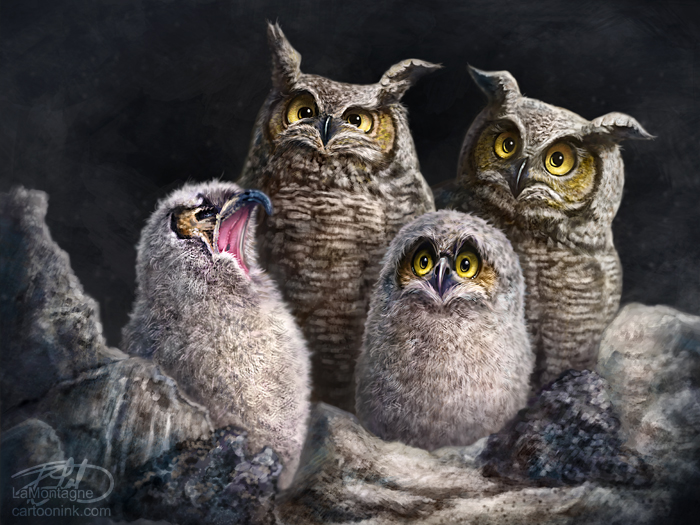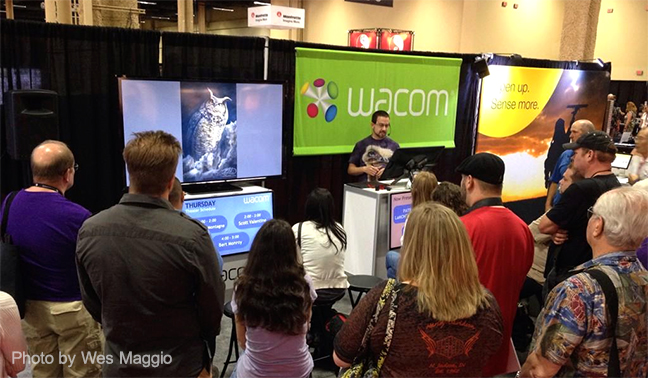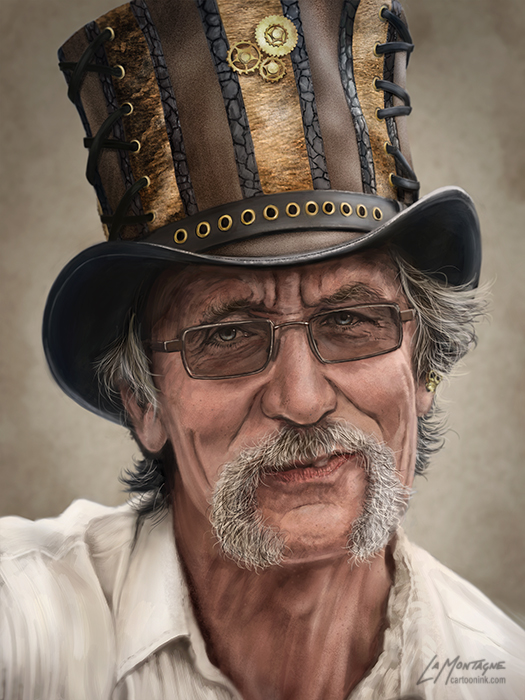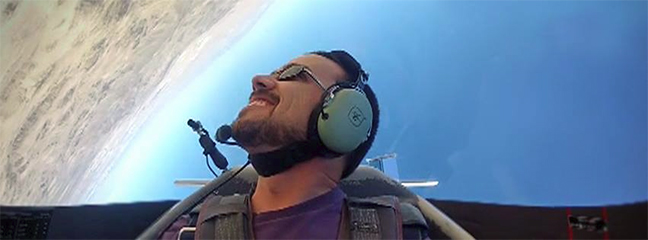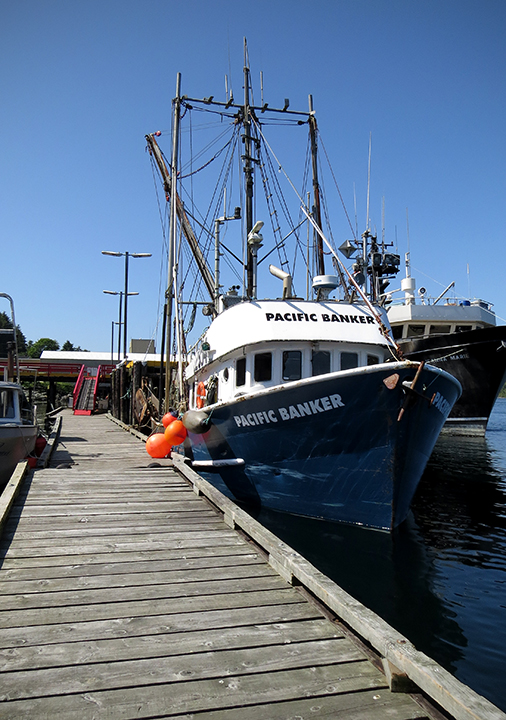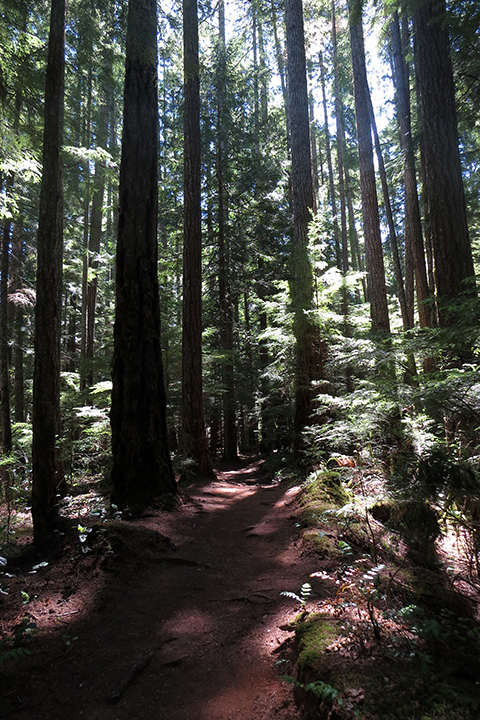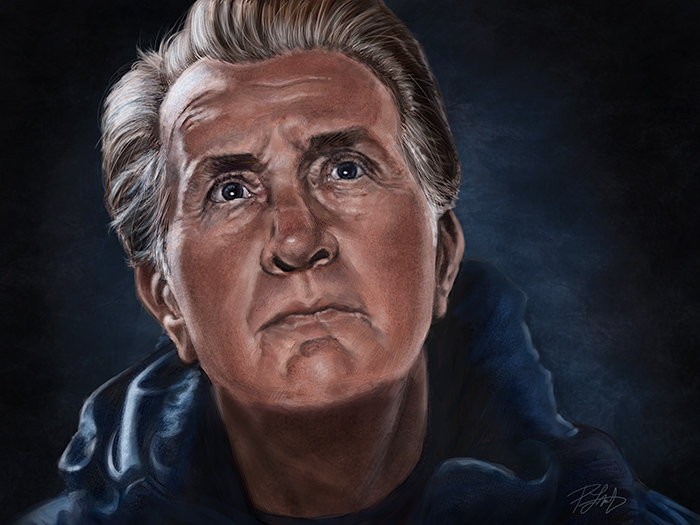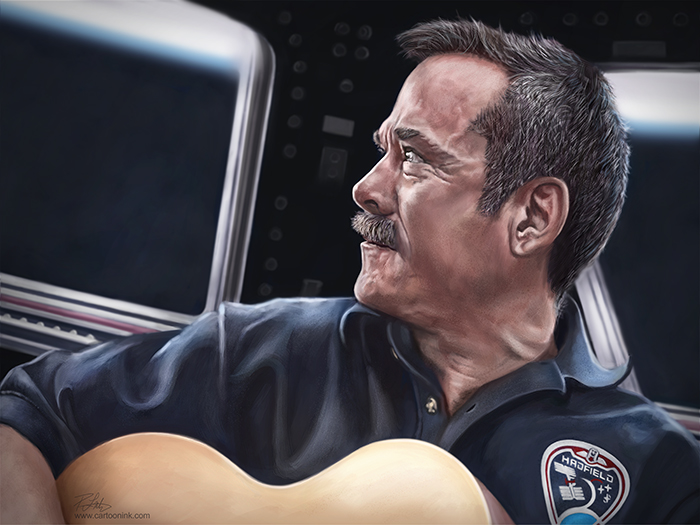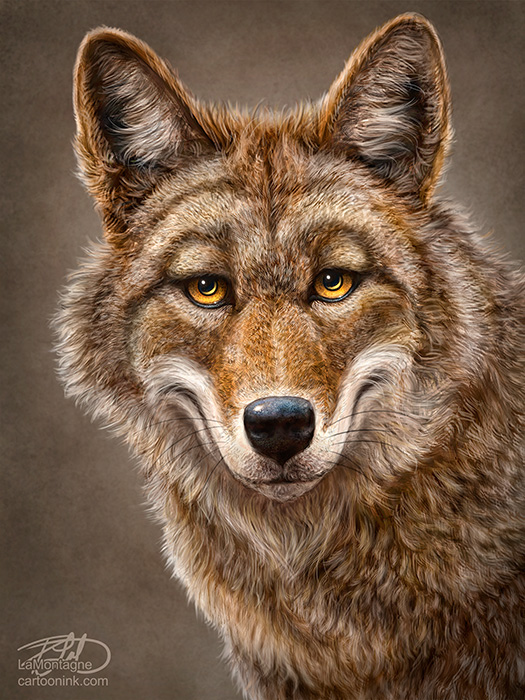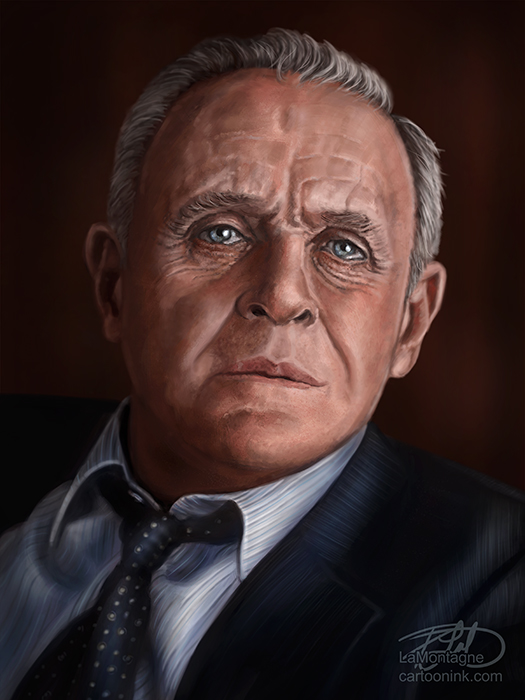 Despite a recent declaration that between now and January, I don’t set foot in a shopping mall, I realized I was a hypocrite on Saturday when I found myself standing in Chinook Centre in Calgary.
Despite a recent declaration that between now and January, I don’t set foot in a shopping mall, I realized I was a hypocrite on Saturday when I found myself standing in Chinook Centre in Calgary.
Shonna and I wanted to see the new movie Arrival (highly recommend it) on the big screen, she needed to buy a few things and I realized I could use something new to wear for her upcoming office Christmas party. After we bought a few shirts for me, Shonna went off to shop and I wandered the mall, dealing with my agoraphobia, which in my case is not so much a phobia as it is an aversion to other humans.
While leaving The Bay, however, I came across a small display of Star Wars toys, specifically the new Air Hogs remote control Millennium Falcon, X-Wing and Tie-Fighters. I paused and looked at the boxes while my inner child tugged hard at my jacket asking, “Can we get one, can we get one, can we get one?”
Walking out of the store, I remembered one of my best Christmases, back when I still liked the holiday. We were living in West Germany at the time, it would have been ’81 or ’82, I think. I had the Star Wars figures, the X-Wing Fighter, the land-speeder and some weird pod-like craft that I have never seen in the movies, but the marketing team at Kenner somehow convinced my parents to buy for me.
I played with them all. The lightsabres that slid out from the arms were missing, as were the capes and the little guns, the paint was scarred and scratched from all of the battles I put these poor action figures through. They would fight on the blanket planet, the dresser plant, the under the bed cave, the forest planet out back (a coniferous bush of some sort), the sandbox planet. Those toys really got around and rarely had any time for a drink in the cantina.
The X-Wing Fighter wouldn’t X anymore, because I broke the wings and my Dad had to glue them back together in the closed position. The cockpit lid would come off on a regular basis as would the guns. A battery had broken open inside the compartment, rendering that useless, so it wouldn’t make any noise anymore. And I didn’t care. I still had fun with it.
But the best toy I ever got for Christmas was The Millennium Falcon. It was the original, the one that came in that first printed cardboard box. I never got the tie fighter or the Death Star playset or the carrying case for the figures, but the Millennium Falcon was the prize, that was the best toy in the whole collection.
This was back before everybody had a credit card, so I remember going to the Canex department store with my Mom. She would often head to the back of the store to the little office kiosk, tell me to wait over by a corner so I was out of earshot and couldn’t see anything. All I knew was that she was making a layaway payment, whatever that meant.
Yes Virginia, there once was a time where you had to budget for Christmas, make deposits ahead of time with real money and you didn’t get your stuff until it was paid for.
I loved that toy, and I beat the hell out of it.
By the time I had outgrown those Star Wars toys, the Falcon’s lid had been cracked and glued more than once, the hidden floor compartment cover was missing, as was the little light-sabre training ball, the cockpit hatch regularly came off, none of the electronics worked and it didn’t even stand up straight as one of the legs wouldn’t fully extend.
A number of years ago, my parents opened a box in the basement, found a bunch of that stuff and asked me if they could get rid of it in a garage sale. I told them sure as I had no use for it. I’m not a collector of anything and while I’ll still watch the Star Wars movies, you’ll never find me lining up to see one or dressing up as a character at Comic-Con, but I also don’t judge anyone who does. If you’re having fun and not hurting anybody, do your thing.
Over the years, whenever I see articles or hear people talking about how much those old Star Wars toys are worth, especially if they’ve never been opened, I just shake my head.
When I was looking at the new versions of those toys on Saturday, the ones that actually FLY now, I wasn’t thinking of the investment potential, what they’d be worth in thirty-five years or where I could store them.
I just wanted to play with them.

